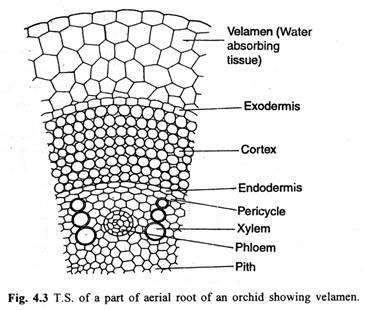
Water is the chemical substance with chemical formula H 2 O; one molecule of water has two hydrogen atoms covalently bonded to a single oxygen atom. Water is a tasteless, odorless liquid at ambient temperature and pressure, and appears colorless in small quantities, although it has its own intrinsic very light blue hue. Ice also appears colorless, and water …
Absorption: Absorption,, in wave motion, the transfer of the energy of a wave to matter as the wave passes through it. The energy of an acoustic, electromagnetic, or other wave is proportional to the square of its amplitude—i.e., the maximum displacement or movement of a point on the wave; and, as the wave
Absorption spectra of liquid and solid water. Water vibration modes . Shown opposite are the main vibrations occurring in liquid water. Rotations in the liquid phase are totally dominated by hydrogen bonding.

The stomach, gallbladder, and pancreas are three of the most important digestive organs in the human body. These organs work together to produce and store secretions that digest our food into its most basic building blocks.

Ice may be any one of the 18 known solid crystalline phases of water, or in an amorphous solid state at various densities.. Most liquids under increased pressure freeze at higher temperatures because the pressure helps to hold the molecules together. However, the strong hydrogen bonds in water make it different: For some pressures higher than 1 atm (0.10 MPa), water …

Large selection of replacement water filters, reverse osmosis membranes, testing kits and water filtration repair parts. From one water filter or reverse osmosis membrane to case quantity discounts.


In last month’s article I described the diagram which defines the properties of damp air: the Mollier or Psychrometric Diagram. The reason for introducing that rather challenging mental gymnastic exercise is that water vapour in air is an important influence on museum objects, many of which contain water in a loosely bound form.

ABSORPTION OF WATER . Unlike aquatic plants, terrestrial plants have to absorb water form the soil all the time to maintain turgidity, metabolic activities and …
The intestines are vital organs in the gastrointestinal tract of our digestive system. Their functions are to digest food and to enable the nutrients released from that food to enter into the bloodstream.


Outline of methods for investigating water structure, including IR,Raman, NMR, dielectric and X-ray spectroscopy
